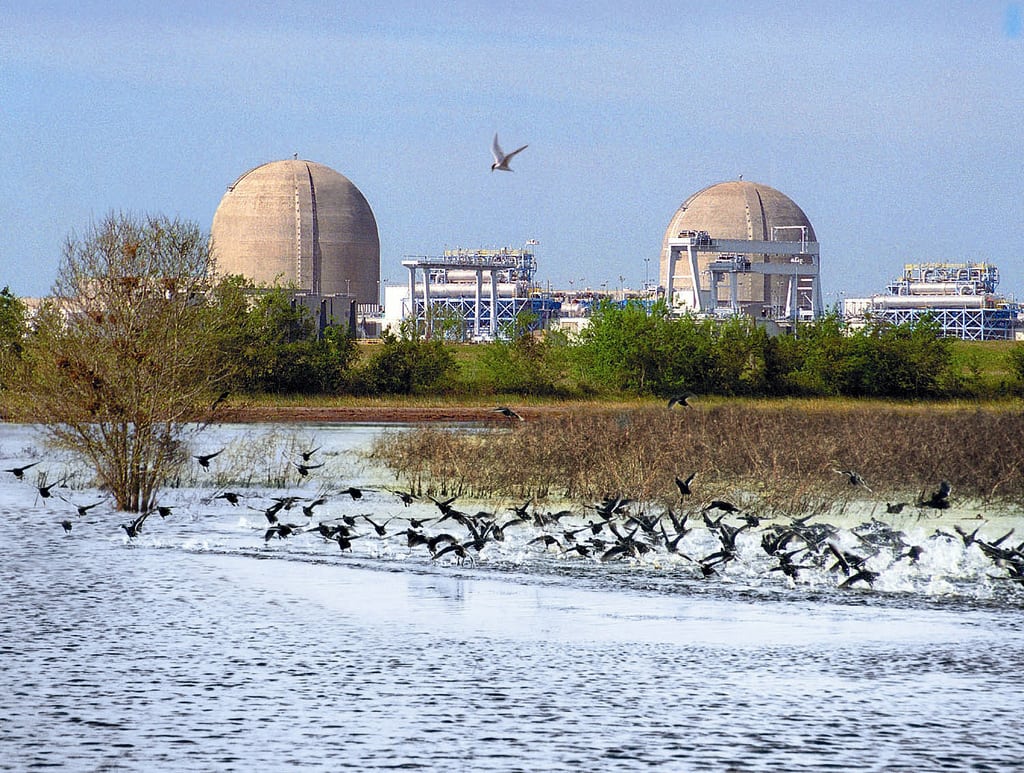Every area has different rules, and they aren't fixed. A friend in CO at 11,000' gets nearly perfect
sun every day, and gets a check from his power co every month. Clouds will kill return on your
investment in some areas. Surplus KWH can always be used up replacing propane heat (went near
$5 this winter), not very competitive with natural gas. I used KWH to avoid buying propane during
this peak, but its generally pretty hard to break even, let alone make money on solar.
Bruce (not perfect sized) Roe
sun every day, and gets a check from his power co every month. Clouds will kill return on your
investment in some areas. Surplus KWH can always be used up replacing propane heat (went near
$5 this winter), not very competitive with natural gas. I used KWH to avoid buying propane during
this peak, but its generally pretty hard to break even, let alone make money on solar.
Bruce (not perfect sized) Roe

Comment